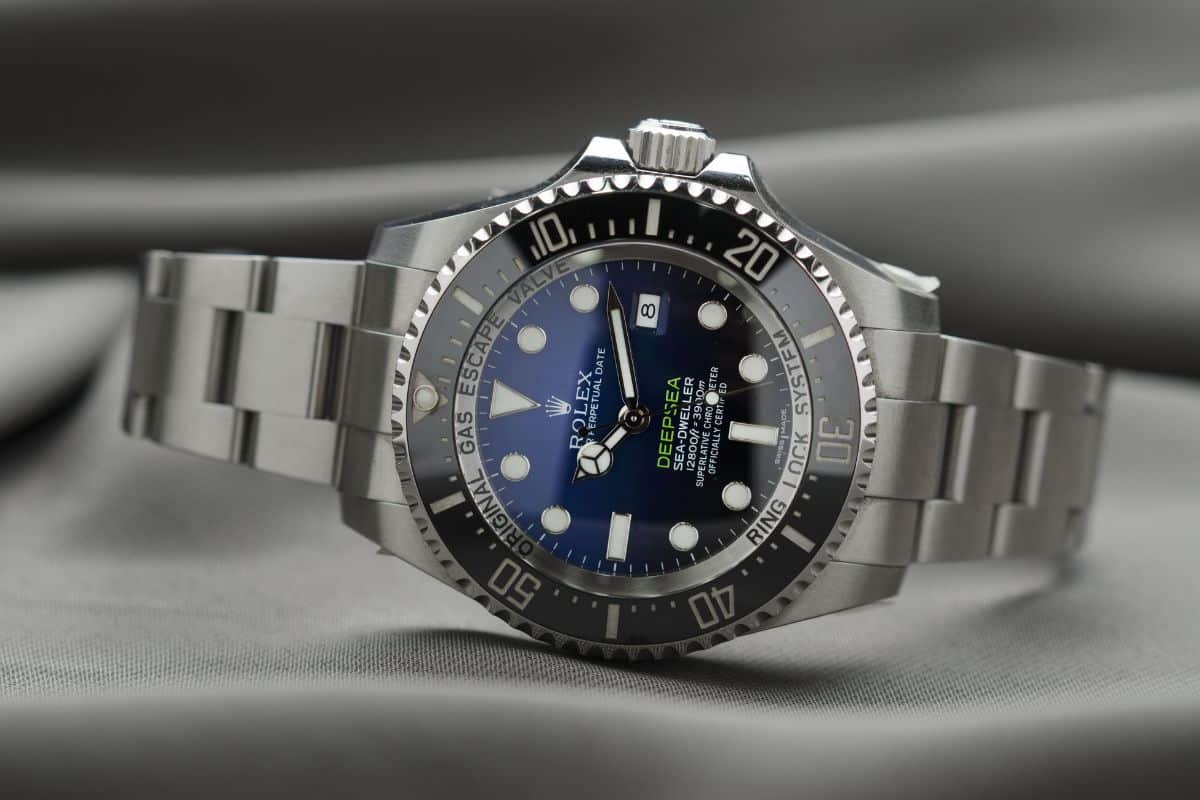Incredible Odds: Surviving a Plane Crash Vs. Clicking a Banner Ad
The landscape of advertising has transformed significantly in the digital era. Yet, as it turns out, not all strategies in digital advertising are as effective as they were once believed to be. The humble banner ad, a stalwart of internet advertising, has become notoriously ineffective, with staggeringly low engagement rates.
Quite shockingly, statistical evidence shows that a person is more likely to survive a plane crash than to click on a banner ad.
This blog post will explore why banner ads perform so poorly, and what this means for the future of digital marketing.
Plane Crash Survival Rates and Banner Ad Click Rates
In a world filled with data and statistics, it’s important to understand the numbers that drive our decisions and behaviors.
When we consider the statistical likelihood of surviving a plane crash and compare it to the click rates of banner ads, we’re presented with an intriguing narrative that sheds light on our attitudes towards risk and engagement.
Understanding the Survival Probability of Plane Crashes
Aviation accidents, while extremely rare, often make headlines due to their dramatic and devastating nature. However, statistics paint a different picture about the survival rates in plane crashes.
The National Transportation Safety Board (NTSB) reports that the survival rate for plane crashes in the United States from 1983 to 2000 was over 95%. Even for the most severe accidents, the survival rate was 76%. While any aviation accident is tragic, the data suggests that surviving a plane crash is statistically more likely than commonly perceived.
Measuring the Likelihood of Clicking on a Banner Ad
Contrastingly, banner ads—those familiar rectangular digital advertisements that appear on web pages—have incredibly low engagement rates.
According to a study conducted by SmartInsights, the average click-through rate (CTR) for banner ads across all formats and placements is a paltry 0.05%. This suggests that only 1 in 2,000 banner ads receive a click, an astoundingly low figure when compared to the survival rates of plane crashes.
Exploring the Reasons Behind Banner Ads’ Poor Performance
So, what causes this stark disparity in engagement with banner ads? There are a few key reasons:
The Phenomenon of Banner Blindness
Over the years, internet users have developed a condition known as “banner blindness,” which is the tendency to ignore or overlook banner-like information when browsing websites. This is a learned behavior resulting from the over-saturation and poor performance of banner ads on digital platforms.
The Problem of Irrelevant Content
Many banner ads are often irrelevant to the user’s interests or needs, leading to decreased engagement. This lack of personalization and targeting in banner advertising significantly lowers their potential for clicks.
Issues of Trust and Credibility
Trust plays a vital role in advertising engagement. Unfortunately, banner ads have often been associated with spammy and misleading content, making many internet users wary of engaging with them. This distrust adds to the overall poor performance of banner ads.
Reframing Digital Marketing Strategies in Light of Banner Ad Performance
The remarkably poor performance of banner ads invites a critical evaluation of current digital advertising strategies. It’s clear that marketers and businesses must adapt their strategies to better meet their audiences’ needs. Here are some alternatives to consider:
Embracing Content Marketing
Content marketing focuses on creating valuable, relevant content designed to attract and retain an audience. Instead of relying on banner ads, businesses can use content marketing to build trust, foster relationships, and promote engagement.
Utilizing Social Media Advertising
Social media platforms offer powerful tools for targeted advertising. Through precise targeting options, these platforms can help ensure that ads reach users who are most likely to be interested in the advertised product or service.
Leaning into Influencer Marketing
Influencer marketing allows businesses to leverage the audiences of popular figures on social media or other platforms. By partnering with influencers whose brand aligns with their own, businesses can reach a dedicated and engaged audience.
This method often bypasses the distrust associated with traditional advertisements, making it a viable alternative to banner ads.
Reassessing the Role of Banner Ads in Digital Marketing
In light of the astonishingly low engagement rates of banner ads, it’s crucial for marketers to reassess their role in the broader context of digital marketing. This necessity invites a critical evaluation of current advertising practices and a reconsideration of the tools and strategies employed.
The future of digital advertising undoubtedly lies in a more nuanced understanding of user behavior, evolving digital trends, and leveraging emerging technologies.
The Shift to More Engaging Formats
As the digital landscape evolves, there’s a notable shift towards more interactive and engaging advertising formats. Video ads, interactive content, and immersive experiences are becoming more popular as they offer a richer user experience and higher engagement rates.
The Emergence of Programmatic Advertising
Programmatic advertising, which uses AI to automate the buying and selling of online ads, can help increase the relevance and effectiveness of digital advertising. By optimizing ad targeting based on real-time data, this approach can significantly improve the CTR of online ads.
The Importance of User Experience
Lastly, the rise of ad blockers and the decline in banner ad effectiveness underline the importance of respecting the user experience in digital advertising. Intrusive ads that disrupt the user’s online activities are increasingly unwelcome. As a result, businesses need to focus on creating ads that add value to the user experience, not detract from it.
Key Takeaways
The comparison between surviving a plane crash and clicking a banner ad is a powerful illustration of the state of digital advertising. The low engagement rates of banner ads underscore the importance of continually reassessing and updating digital marketing strategies to align with user behavior and preferences.
By embracing alternatives like content marketing, social media advertising, and influencer marketing, and by leveraging emerging technologies like programmatic advertising, businesses can significantly enhance their digital marketing performance and reach their audience more effectively.
Related Articles
The Murderer Behind Nike’s Most Successful Ad Campaign
Social Media,SEO,Business,Marketing,Branding,Content Marketing,Advertising,Digital Marketing
December 26, 2023
Various sources can influence marketing campaigns, from the latest fashion trends to popular culture. But it’s not every day that a murderer inspires…
0 Comments8 Minutes
The Taco Bell Liberty Bell Prank: Viral Marketing Success
Branding,SEO,Business,Marketing,Digital Marketing,Content Marketing,Advertising,Business Management
October 26, 2023
Marketing has always played a crucial role in the success of a business, and with the increasing influence of the internet and social media, viral…
0 Comments8 Minutes
The Secret of Rolex’s Winning Marketing Strategy
Content Marketing,Marketing,Social Media,Email Marketing,Digital Marketing
October 6, 2023
For over a century, Rolex has been renowned for its luxury watches. And its sophisticated marketing strategies have allowed the brand to remain…
0 Comments11 Minutes
The Old Spice Marketing Revamp: A Masterclass in Rebranding
Branding,SEO,Marketing,Digital Marketing,Content Marketing,Business,Business Management
September 26, 2023
Old Spice is a brand that has been synonymous with men's grooming products for decades. However, by the early 2000s, the brand was struggling to…
0 Comments8 Minutes
In-House Marketing Vs. Agencies Vs. Freelancers
Content Marketing,Marketing,Digital Marketing,Business Management
August 6, 2023
Are you trying to decide between in-house marketing, agencies, and freelancers for your business? It's a difficult decision, as each option has…
0 Comments11 Minutes
7 Tips for Hiring the Right Digital Marketing Consultant
Content Marketing,Email Marketing,Marketing,Social Media,Advertising,Business,Digital Marketing
July 6, 2023
If you're ready to elevate your business, enlisting the help of a digital marketing consultant is an ideal way to maximize your online presence and…
0 Comments13 Minutes
Burger King’s Whopper Sacrifice: Viral Marketing and Brand Success
Social Media,Business,Marketing,Branding,Content Marketing,Digital Marketing
February 17, 2023
In the world of marketing, standing out from the competition is essential for success. One way to achieve this is through viral marketing stunts,…
0 Comments8 Minutes
Manufacturer Marketing Strategies to Consider
June 21, 2019
There’s a common belief amongst manufacturers that they have no need for an online presence. Their customers are all businesses that need someone…
0 Comments8 Minutes
10 Content Marketing Blogs You Should Check Out
Marketing,Content Marketing,Digital Marketing
June 8, 2019
Nowadays (mostly) everyone is on the internet. Obsessed with their mobile phones, laptops or tablets, users scroll through their social media apps…
0 Comments7 Minutes









